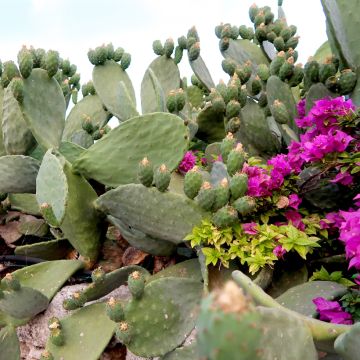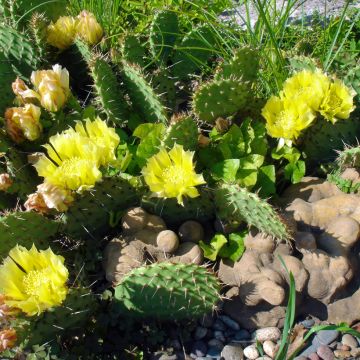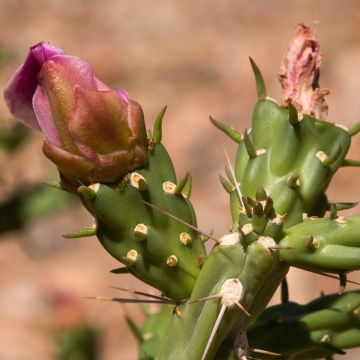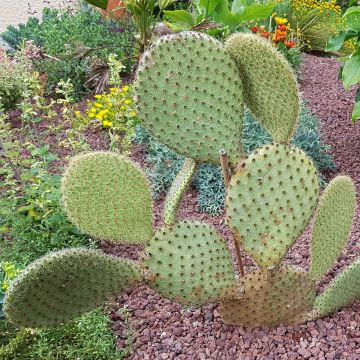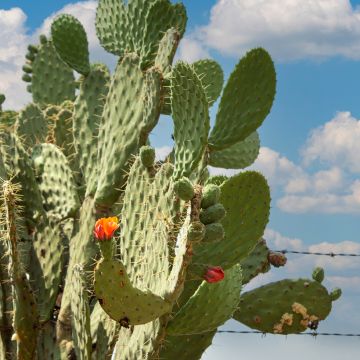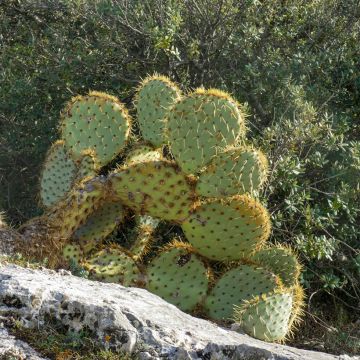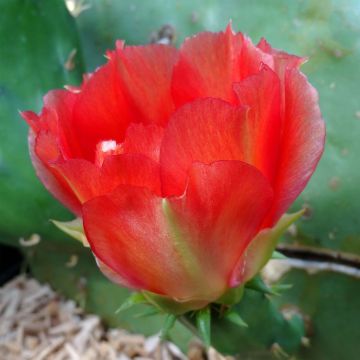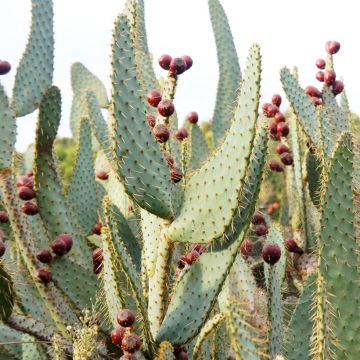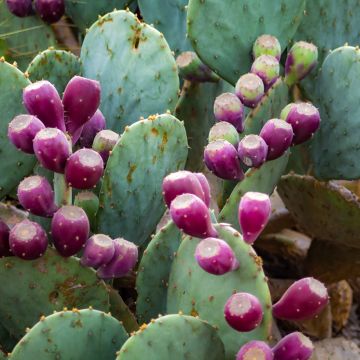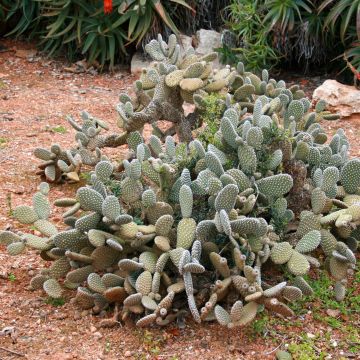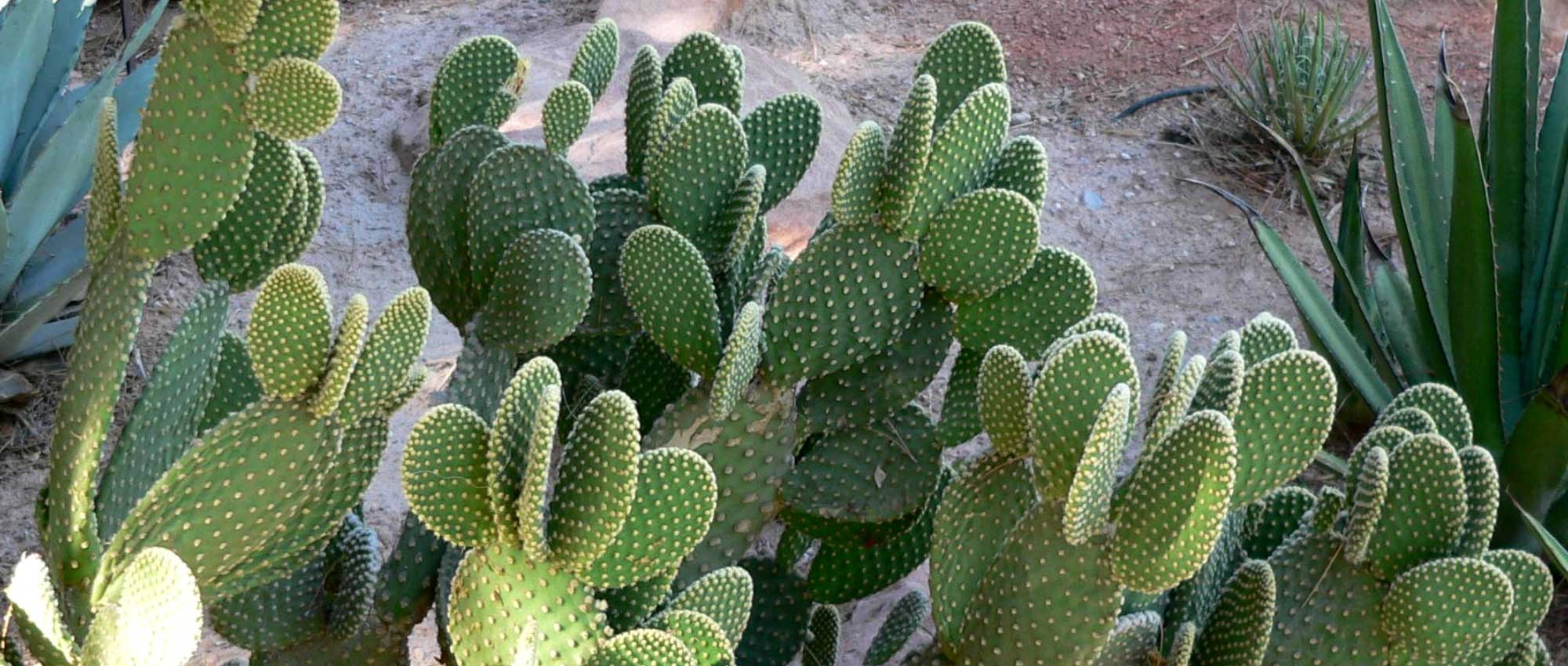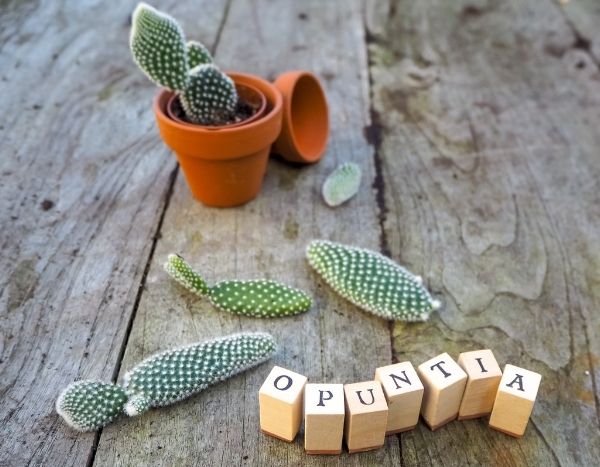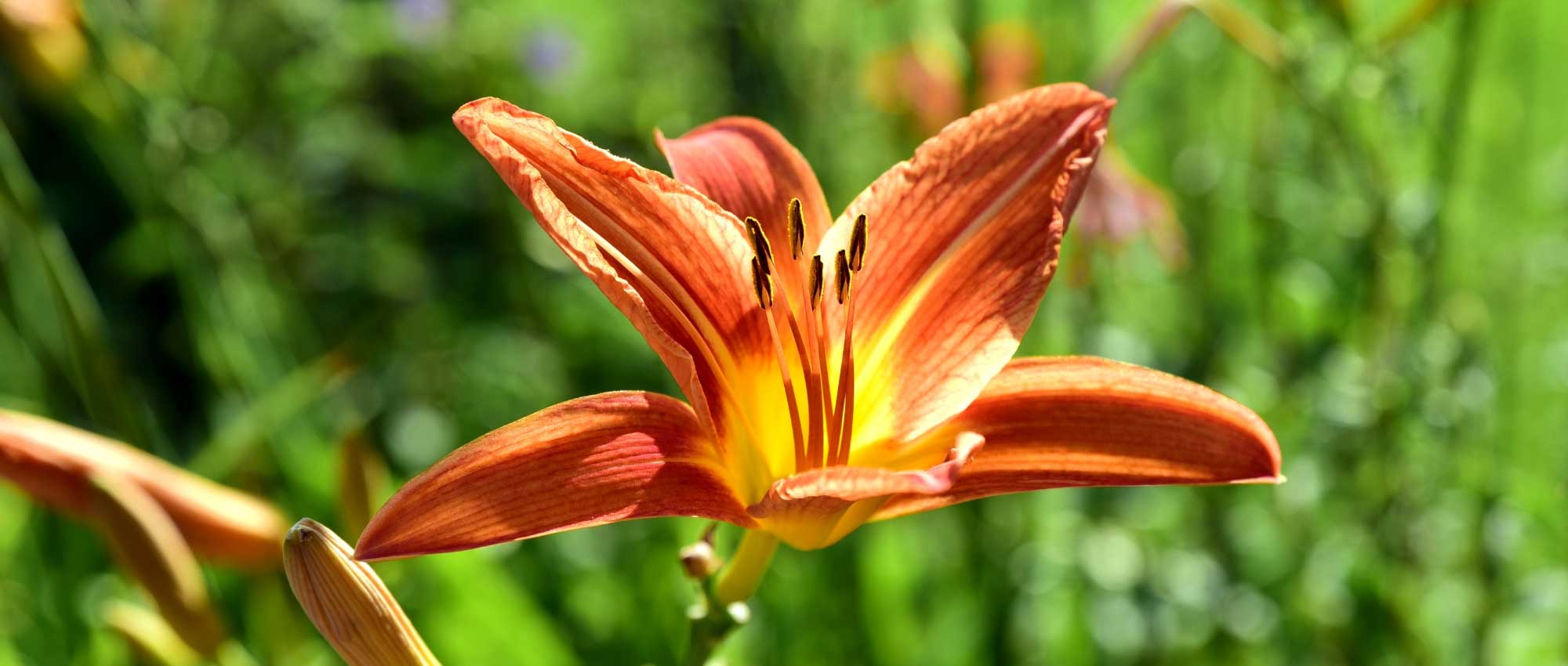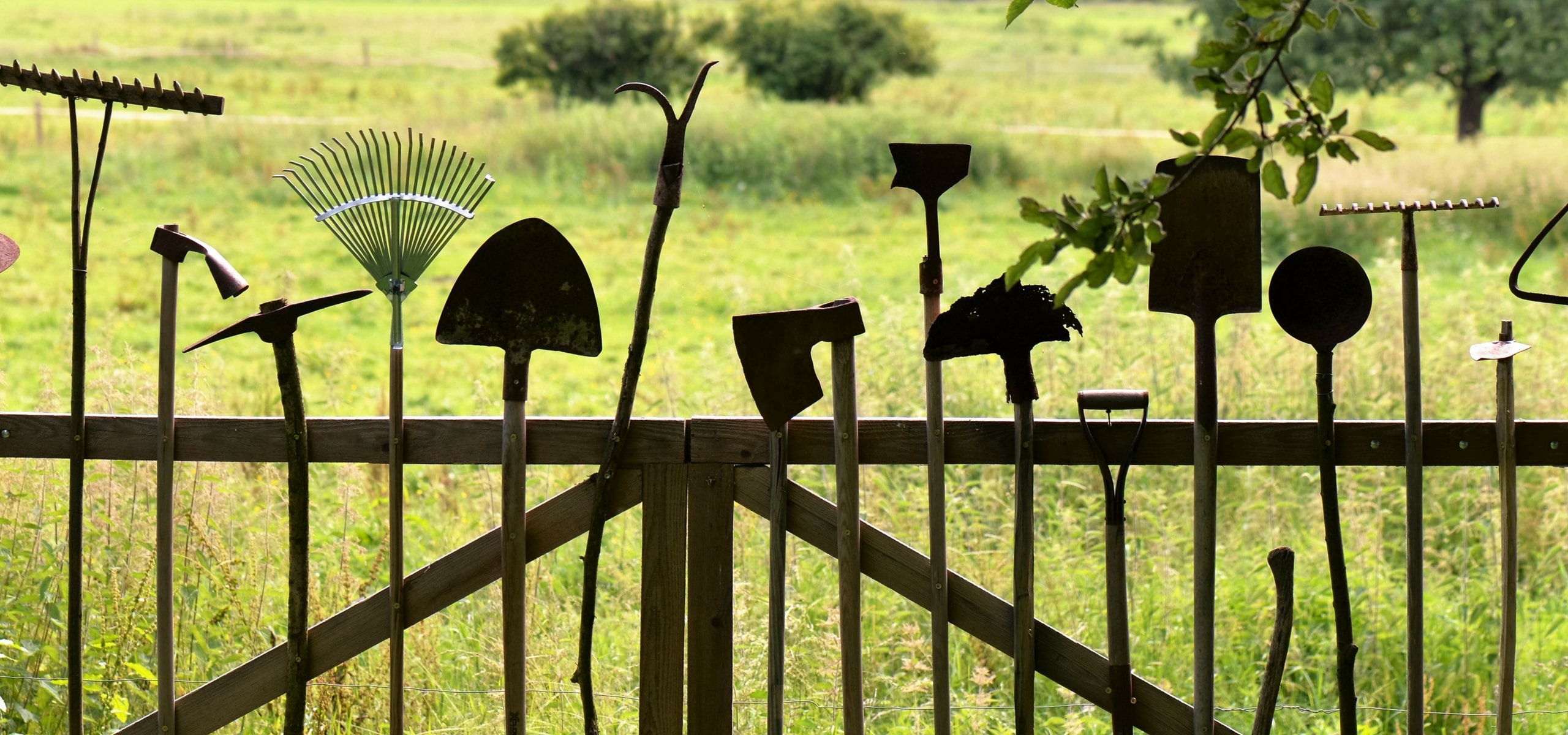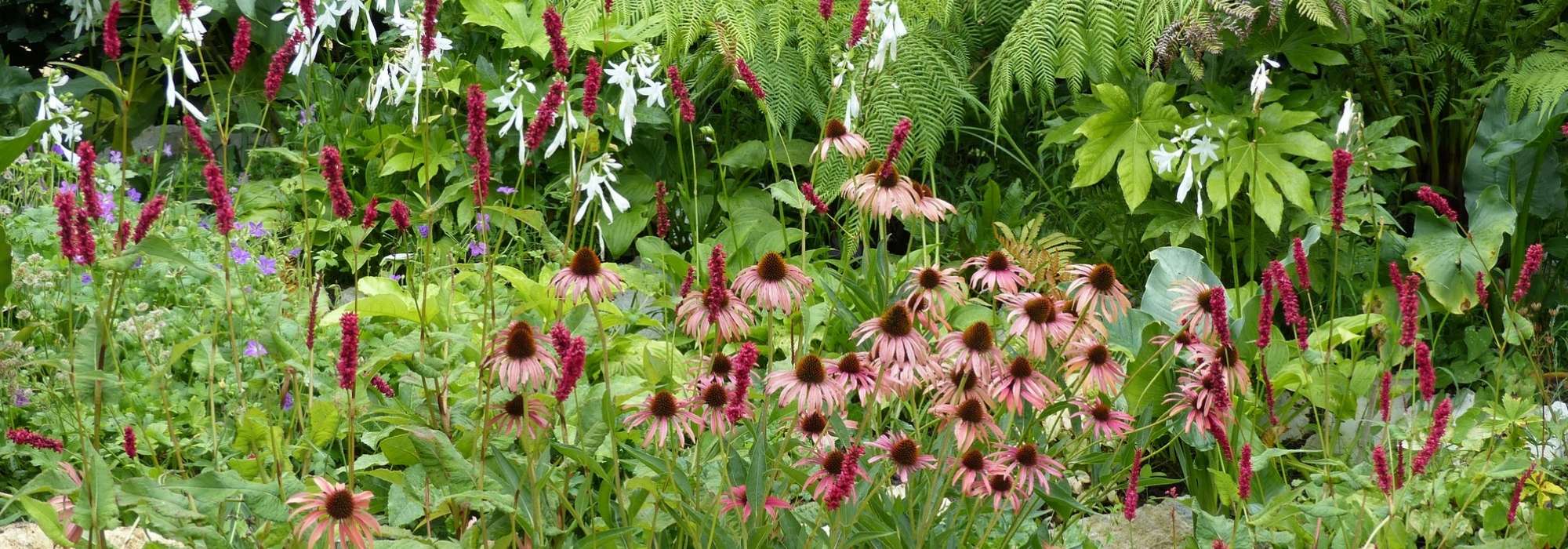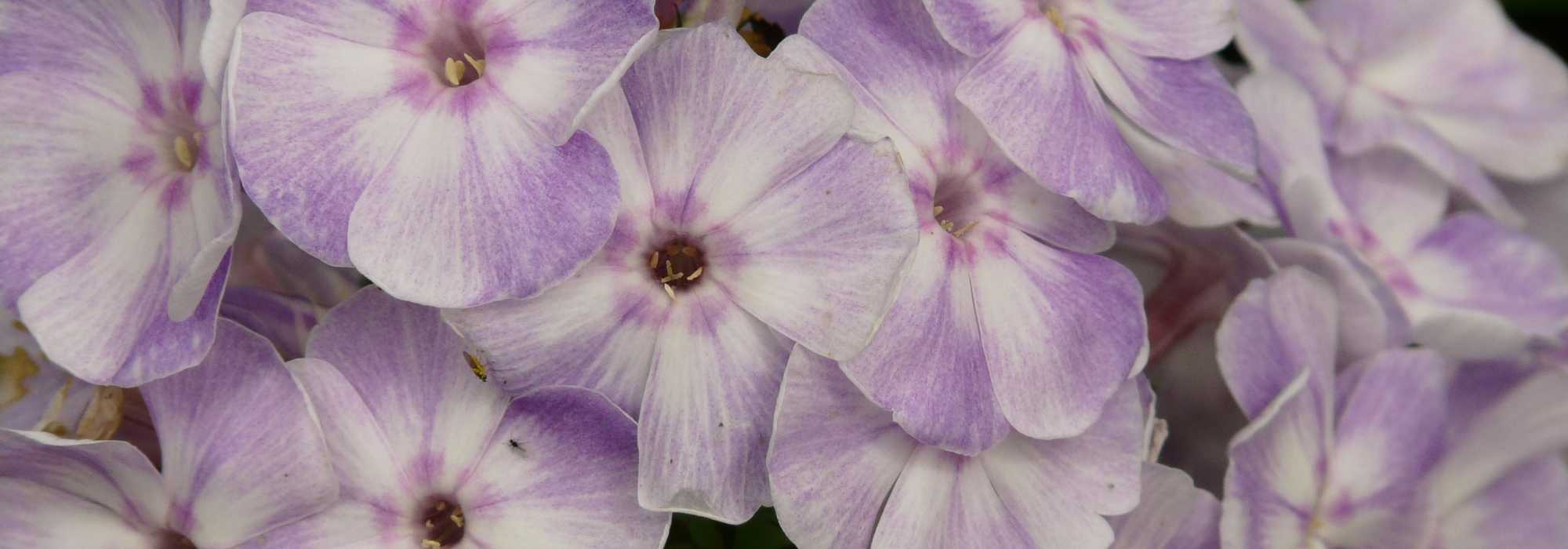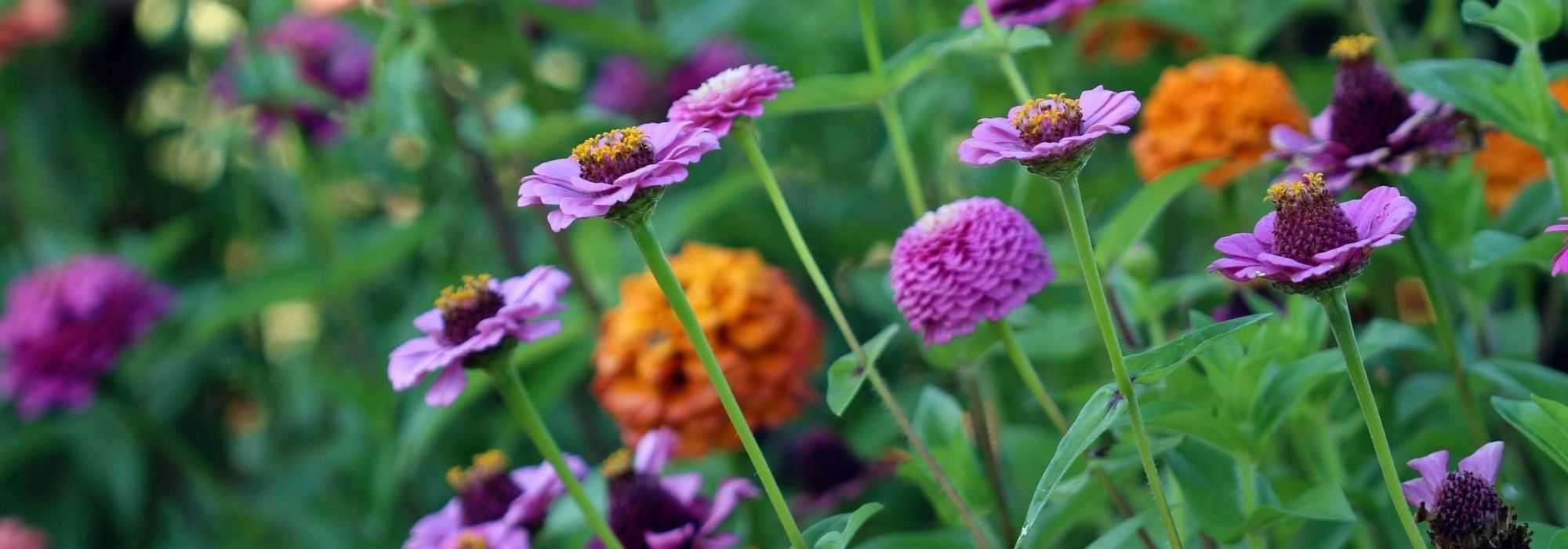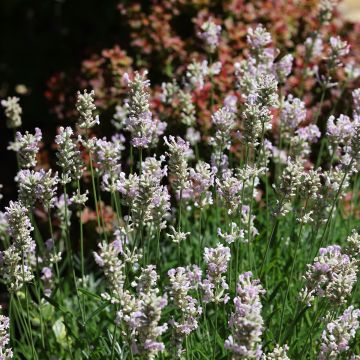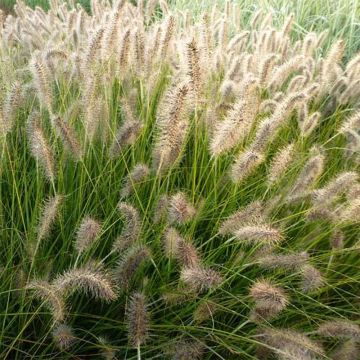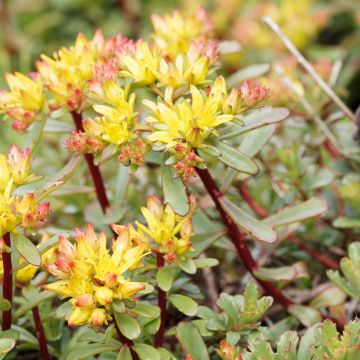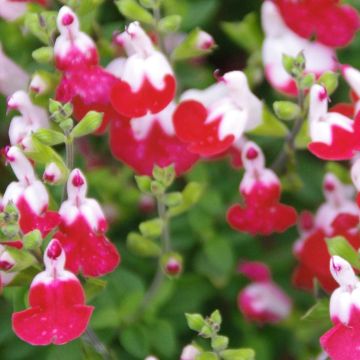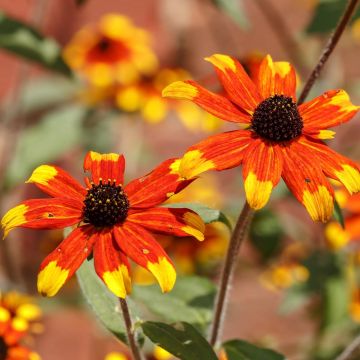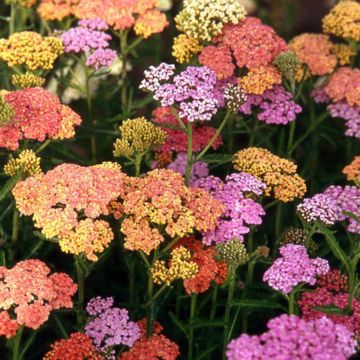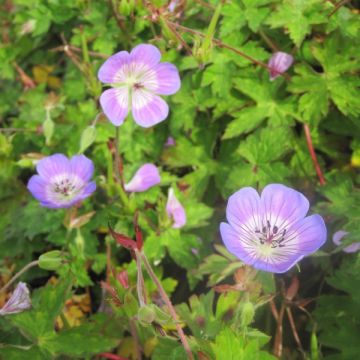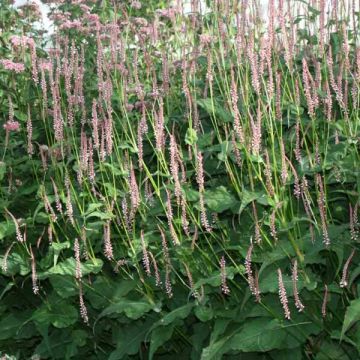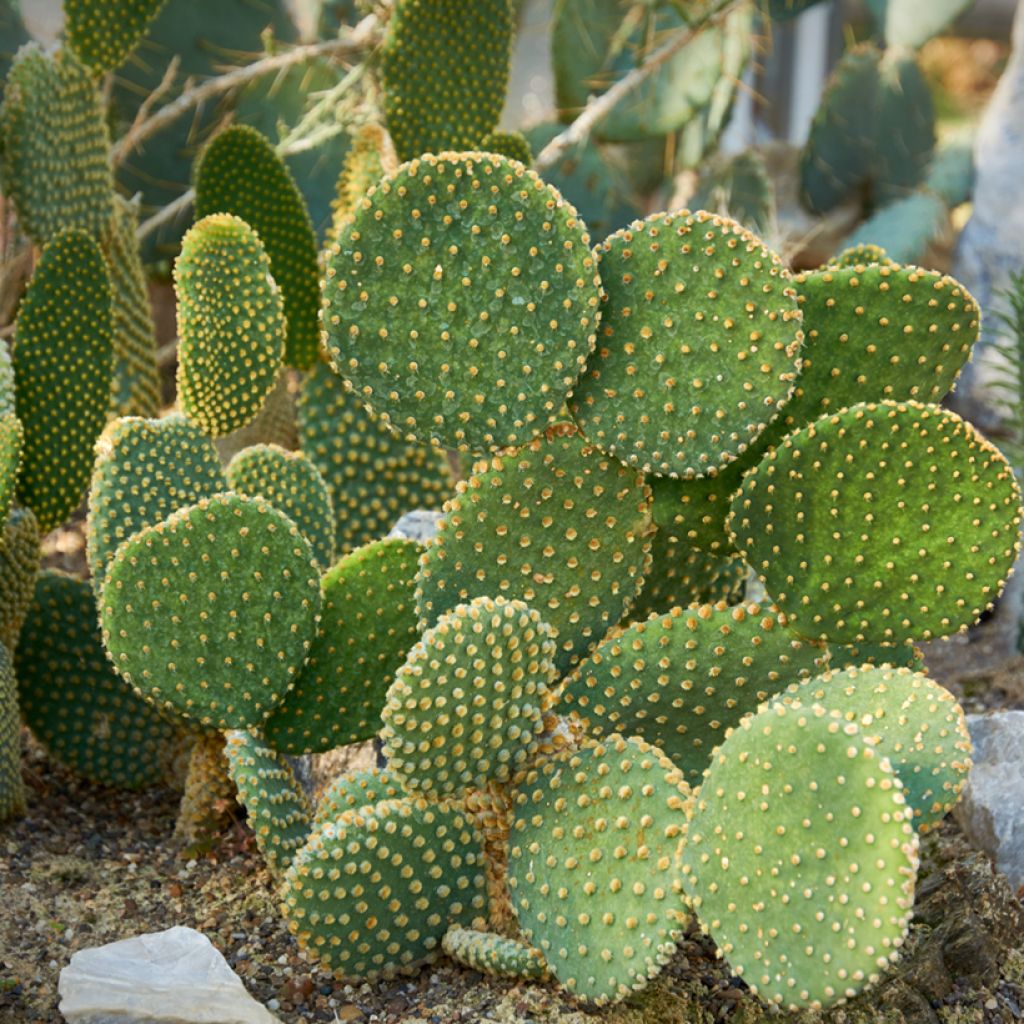

Opuntia microdasys var. pallida - Bunny eared cactus
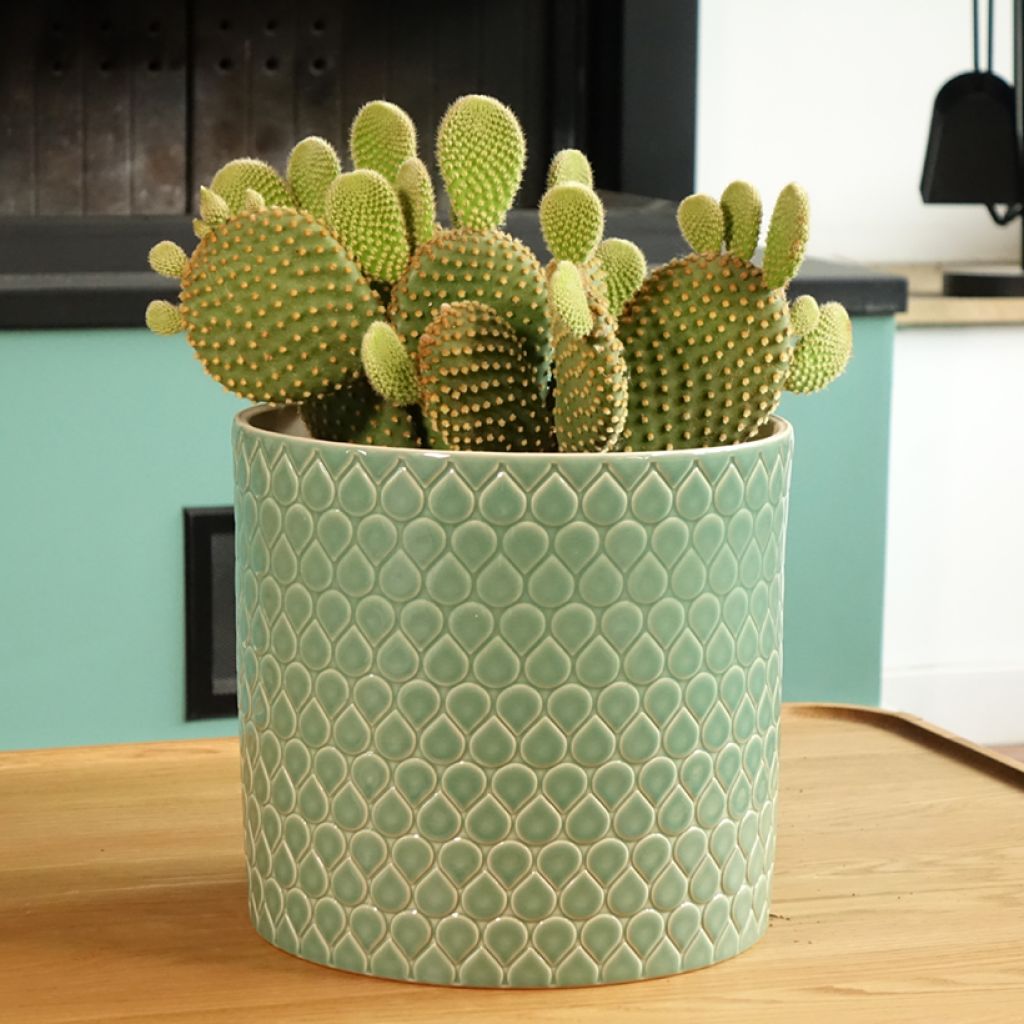

Opuntia microdasys var. pallida - Bunny eared cactus
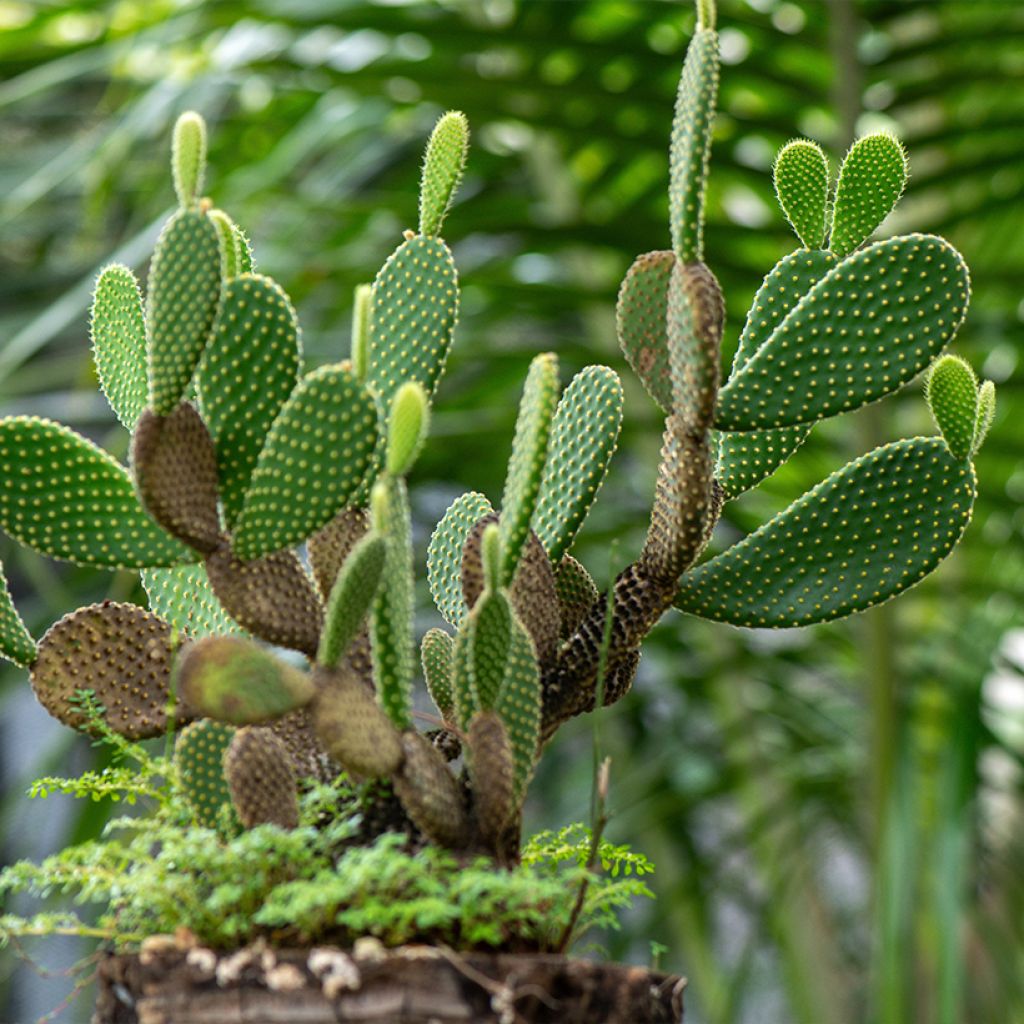

Opuntia microdasys var. pallida - Bunny eared cactus
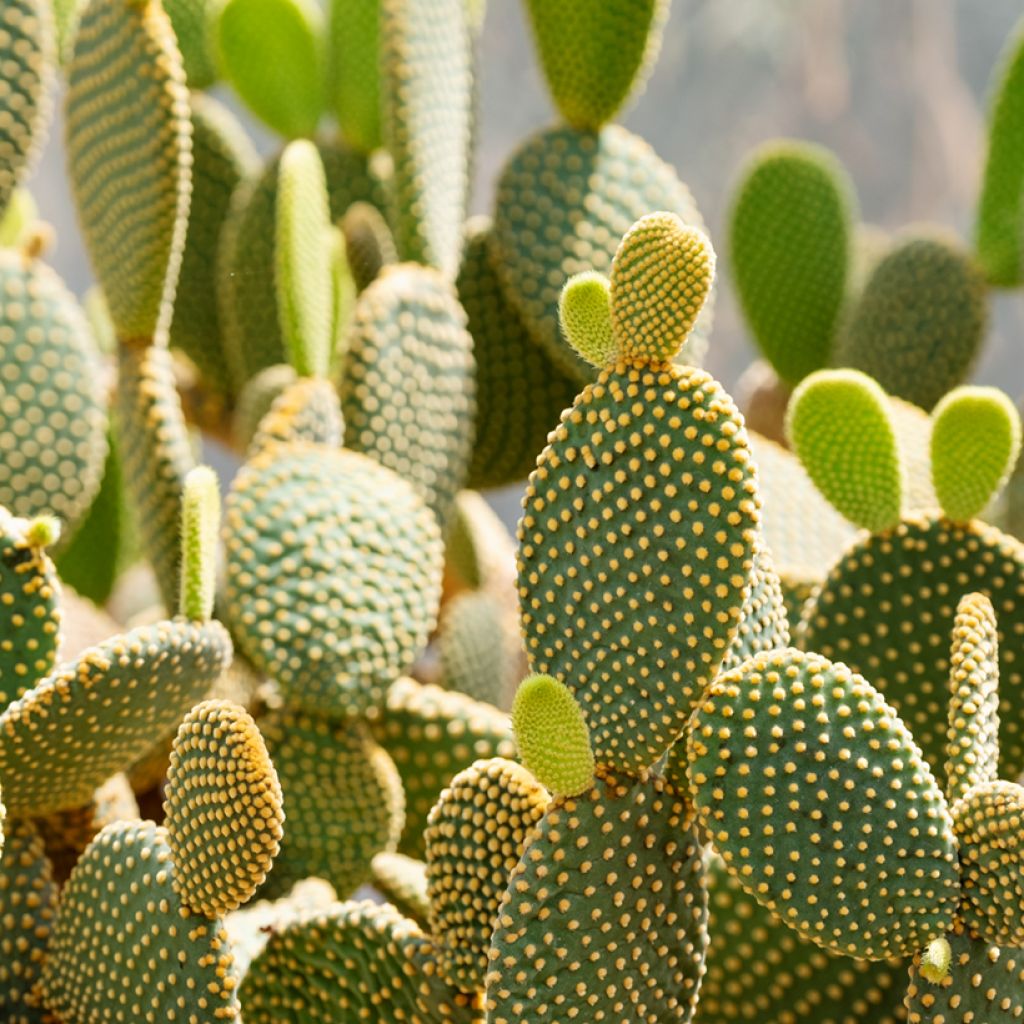

Opuntia microdasys var. pallida - Bunny eared cactus
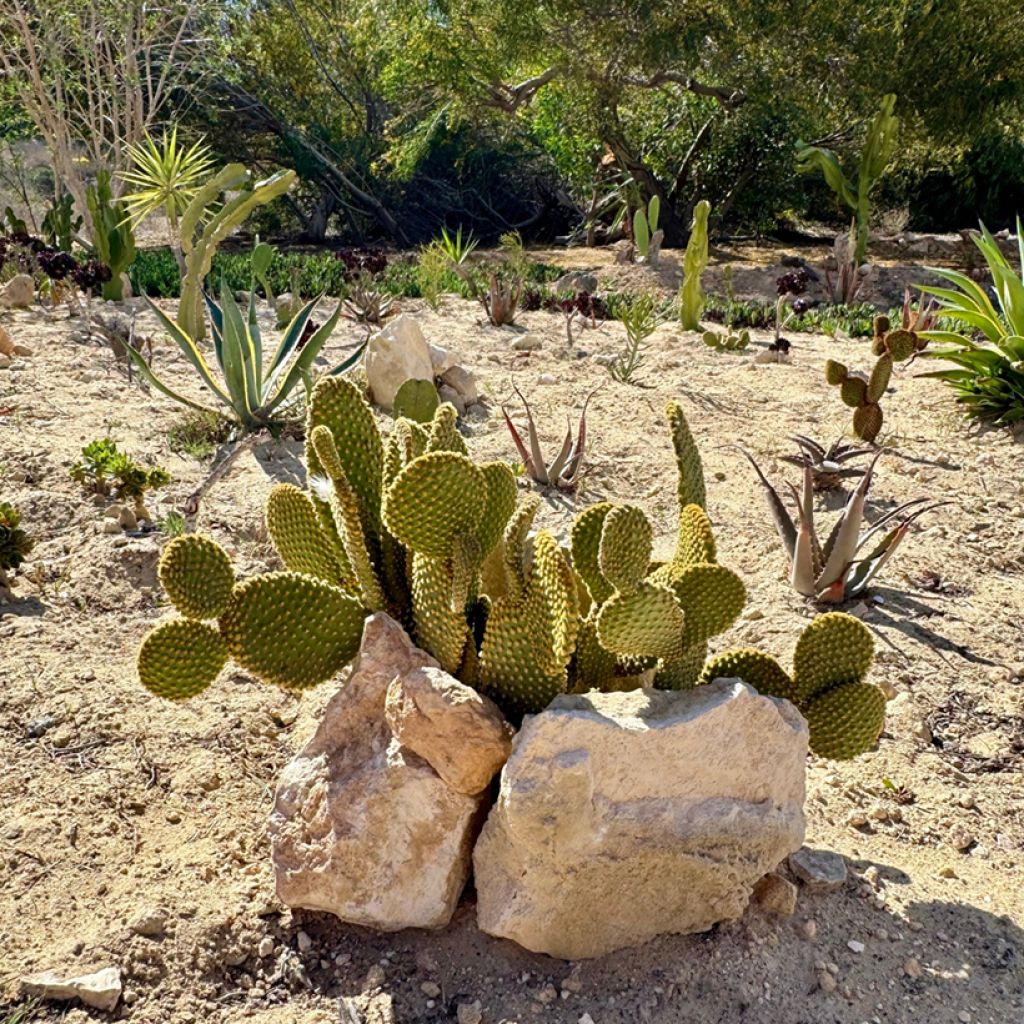

Opuntia microdasys var. pallida - Bunny eared cactus
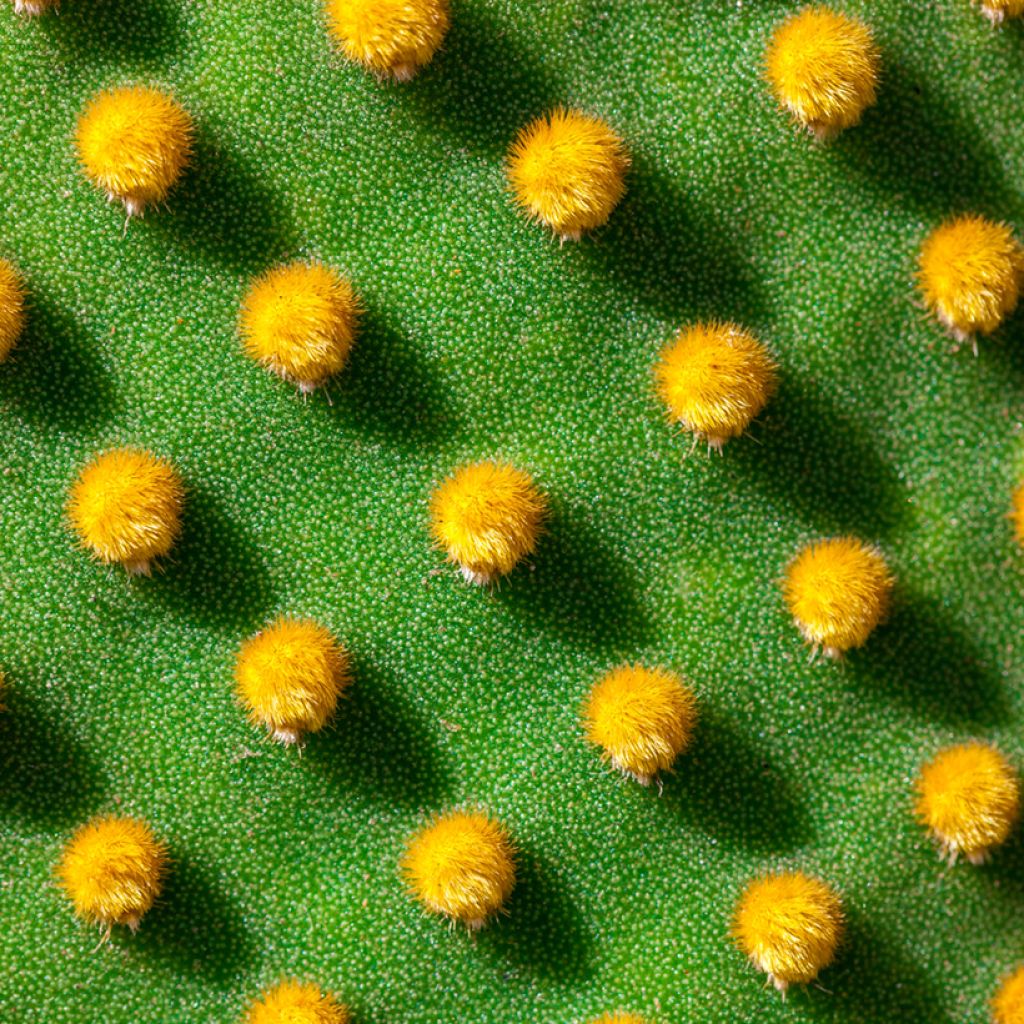

Opuntia microdasys var. pallida - Bunny eared cactus
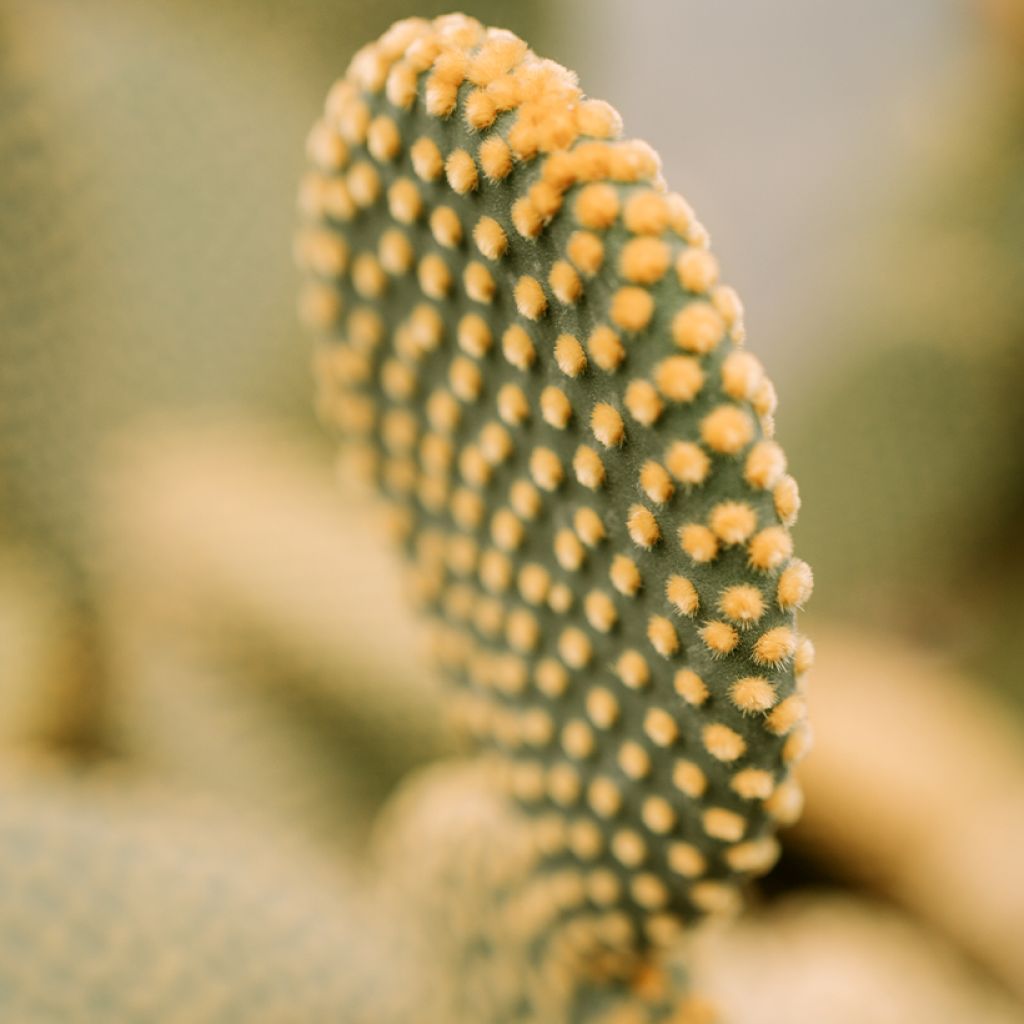

Opuntia microdasys var. pallida - Bunny eared cactus
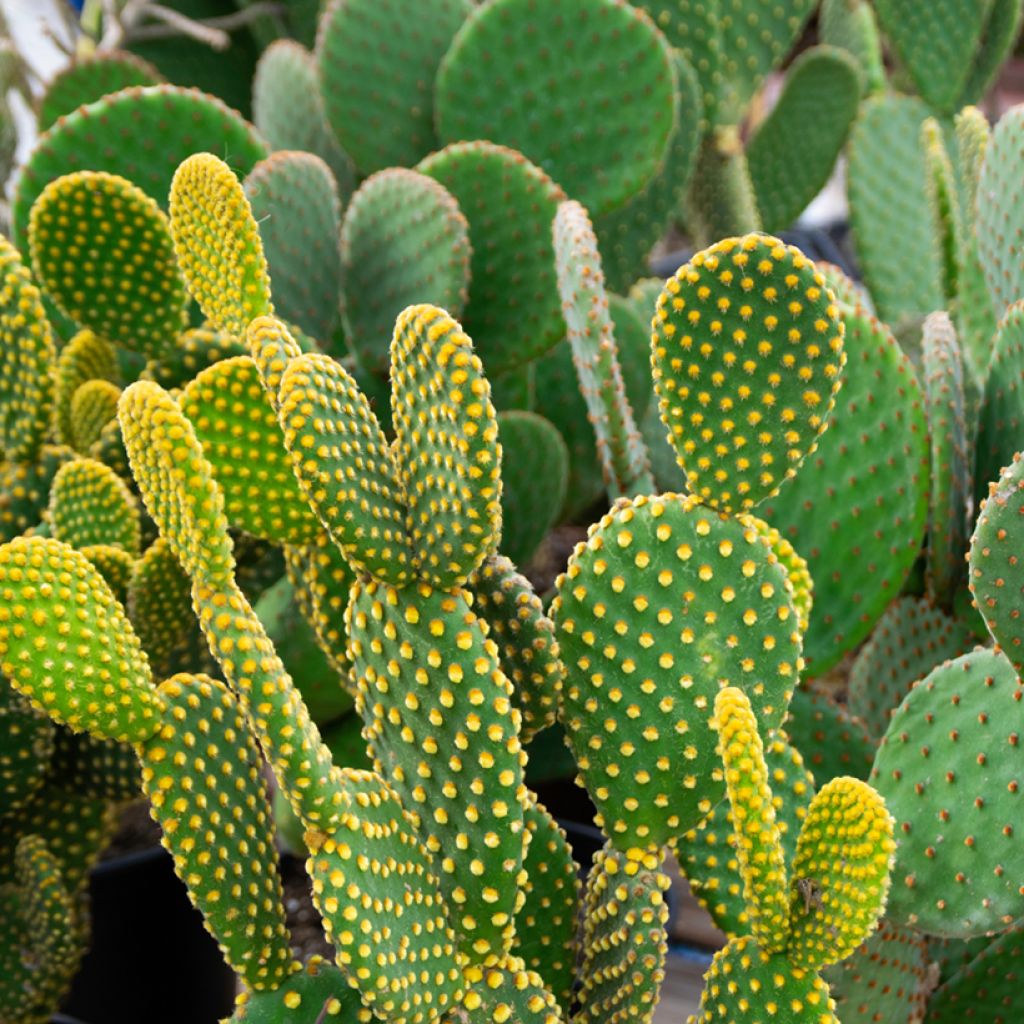

Opuntia microdasys var. pallida - Bunny eared cactus
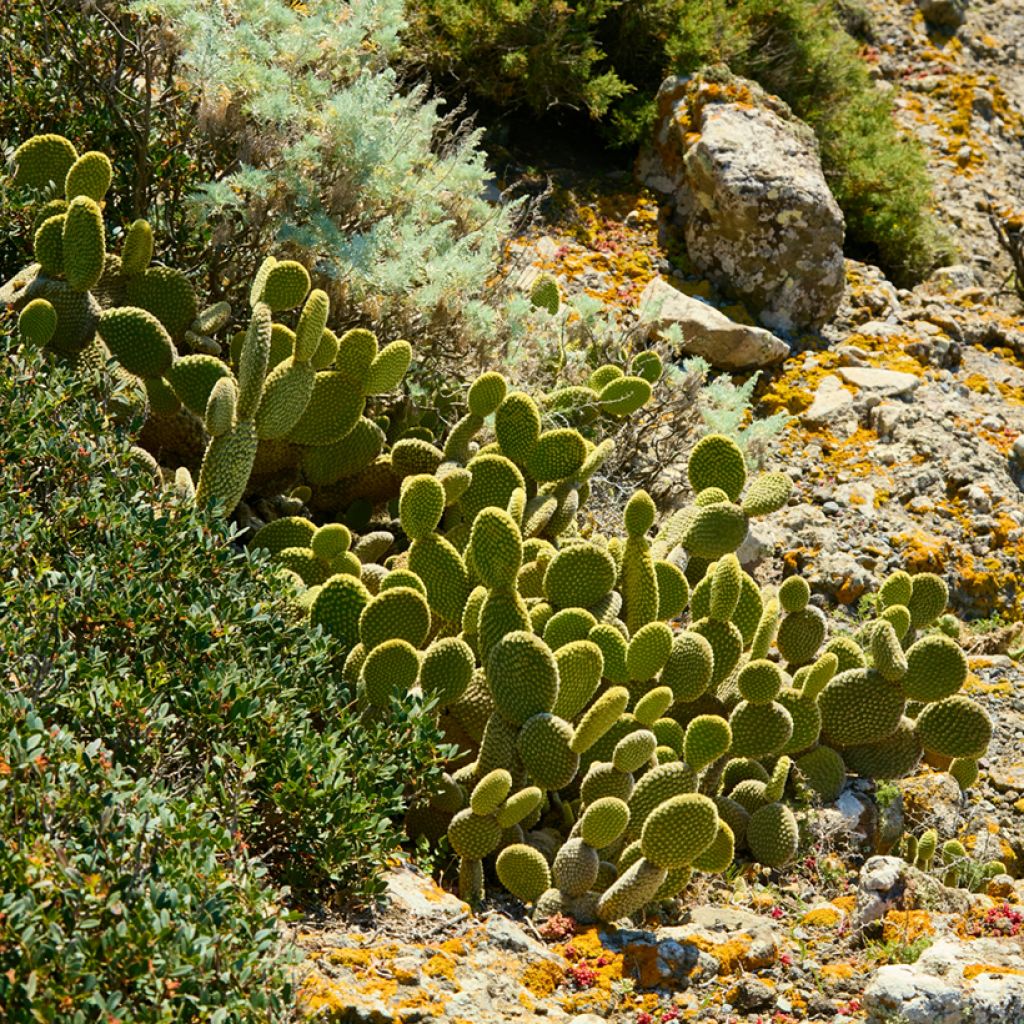

Opuntia microdasys var. pallida - Bunny eared cactus
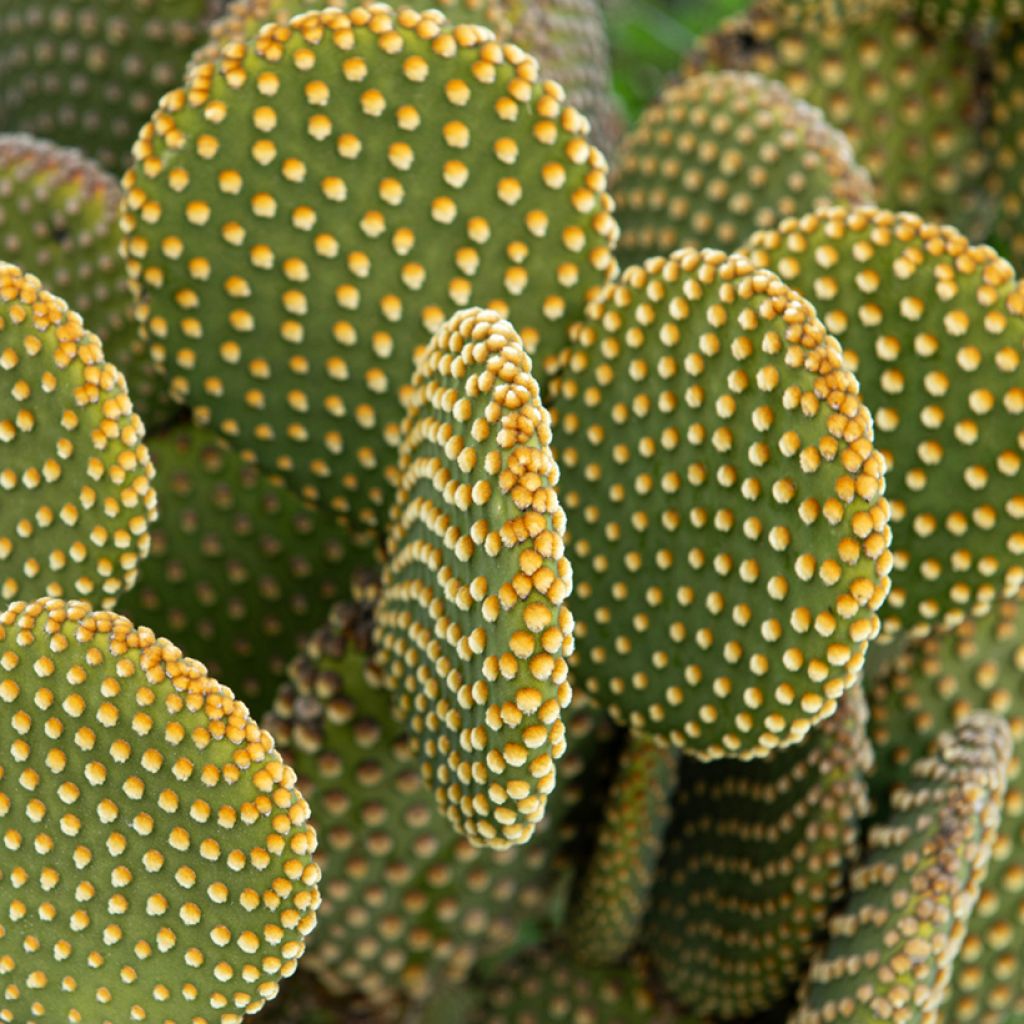

Opuntia microdasys var. pallida - Bunny eared cactus
Opuntia microdasys var. pallida - Bunny ears cactus
Opuntia microdasys var. pallida
Bunny ears cactus
Special offer!
Receive a €20 voucher for any order over €90 (excluding delivery costs, credit notes, and plastic-free options)!
1- Add your favorite plants to your cart.
2- Once you have reached €90, confirm your order (you can even choose the delivery date!).
3- As soon as your order is shipped, you will receive an email containing your voucher code, valid for 3 months (90 days).
Your voucher is unique and can only be used once, for any order with a minimum value of €20, excluding delivery costs.
Can be combined with other current offers, non-divisible and non-refundable.
Why not try an alternative variety in stock?
View all →This plant carries a 12 months recovery warranty
More information
We guarantee the quality of our plants for a full growing cycle, and will replace at our expense any plant that fails to recover under normal climatic and planting conditions.
Would this plant suit my garden?
Set up your Plantfit profile →
Description
Opuntia microdasys var. pallida, sometimes nicknamed the "Bunny Ear Cactus", is a bushy succulent plant with striking visual appeal. Much rarer than the typical species, this pallida variety stands out with its pale yellow glochidia and yellowish-green prickly pears. Drought-resistant but sensitive to wet and cold winters, it thrives best in rock gardens along the Mediterranean coast. In pots, it should be moved to a conservatory or a cool, bright room during winter.
Opuntia microdasys var. pallida belongs to the Cactaceae family. The species with yellow glochidia originates from the semi-desert regions of Mexico. Its scientific name, Opuntia microdasys, derives from the Greek "mikros" (small) and "dasys" (pilous), referring to the glochidia covering its segments. The pallida variety differs mainly in its pale yellow glochidia. Like all prickly pears, its growth consists of a stout trunk, becoming woody with age, which branches into flattened, fleshy shoots composed of segments called articles, cladodes, or prickly pears. Opuntia microdasys var. pallida forms a low, dense bush, typically reaching 80-90 cm in height at maturity, with a spread of up to 2 m when planted in the ground. In pots, it remains more compact. Its ovate and flattened segments (cladodes) display an olive-green hue and are covered in numerous small tufts of glochidia, ranging from yellow to brown and measuring 2 to 3 mm. Though decorative, these glochidia are very fine and can easily cling to the skin upon contact.
Flowering occurs in spring, though it is rare in cultivation except when planted in the ground under a Mediterranean climate. The pale yellow flowers measure 3 to 5 cm in diameter and develop at the tips of the cladodes; they are followed by red, ovoid fruits. Like the species, this variety adapts to USDA hardiness zones 9a to 10b and thrives in well-drained soil under full sun exposure. In its natural habitat, it grows on sandy, rocky terrain, often alongside other xerophytic species.
Opuntia microdasys var. pallida excels in dry gardens, arid rockeries, challenging slopes, and Mediterranean compositions. However, the plant is highly sensitive to frost and winter moisture. It grows exceptionally well in pots on a sunny terrace or balcony. It pairs naturally with other xerophytic plants such as houseleeks with their colourful rosettes, Sedum reflexum, an evergreen ground cover with bluish tones, and Echinocactus grusonii, a spectacular spherical cactus. Grouped together, these plants create stunning arrangements atop a gravel bed. For a natural effect, they can be complemented with ground covers like Delosperma, which offer vibrant summer flowering.
Opuntia microdasys var. pallida - Bunny ears cactus in pictures
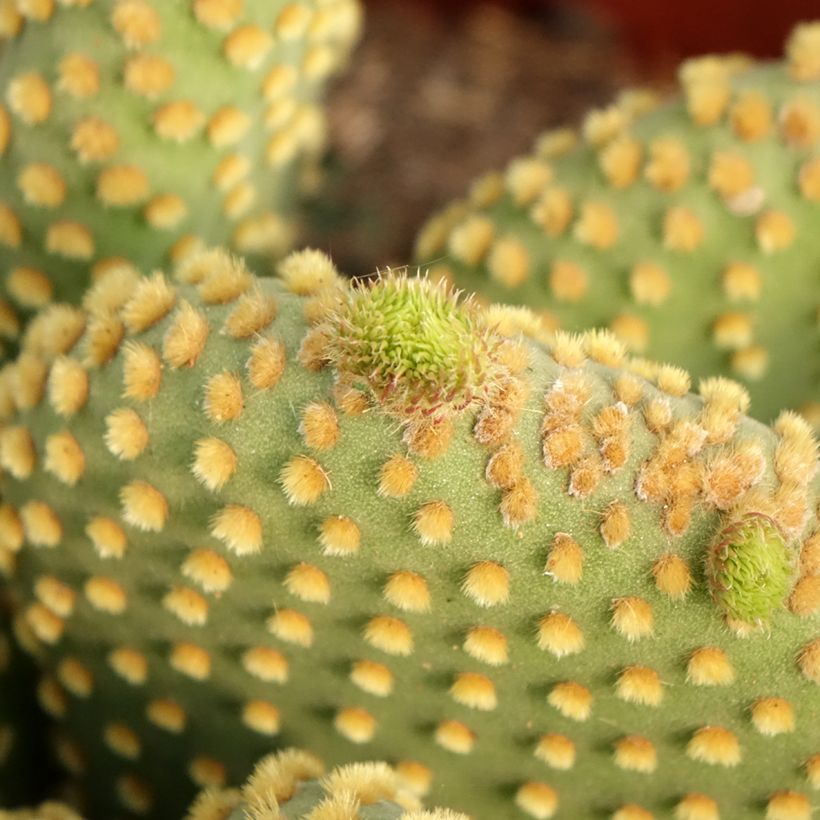

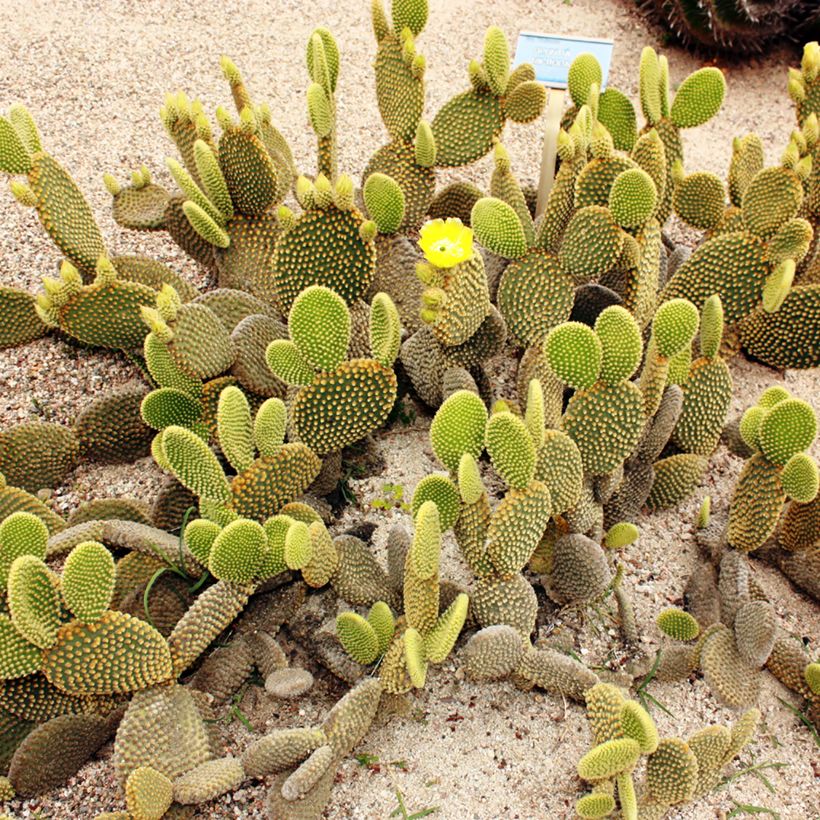

Flowering
Foliage
Plant habit
Botanical data
Opuntia
microdasys var. pallida
Cactaceae
Bunny ears cactus
Opuntia pallida
North America
Planting and care
Only plant Opuntia microdasys var. pallida in the ground in regions spared from heavy frost and rather dry in winter. Do so in spring, choosing a full sun exposure. The soil should be poor, even rocky, stony, chalky, sandy, perfectly well-drained: this plant thrives in dry, even arid soils in summer, as well as in winter. Container cultivation is therefore preferable in most regions, so the plant can be sheltered from frost in winter, ideally at a temperature above 5°C. This species also tolerates sea spray and can therefore be grown by the coast. It has no known pests, apart from scale insects.
Growing substrate: 3/4 potting compost + 1/4 garden soil + organic fertiliser for potted plants. Sandy, very stony, clay-poor soil for outdoor cultivation.
Propagation: by prickly pear cutting, easy: remove a segment at a joint, place it on a cactus soil-type substrate for a few days until a callus forms. Then insert the base of the cutting slightly deeper into the soil and water regularly. The plant will not flower or bear fruit until it is 3 years old.
Handle this cactus with gloves and remove them carefully, as the glochidia stick to all fabrics and, of course, to the skin!
Planting period
Intended location
Care
Planting & care advice
This item has not been reviewed yet - be the first to leave a review about it.
Similar products
Haven't found what you were looking for?
Hardiness is the lowest winter temperature a plant can endure without suffering serious damage or even dying. However, hardiness is affected by location (a sheltered area, such as a patio), protection (winter cover) and soil type (hardiness is improved by well-drained soil).

Photo Sharing Terms & Conditions
In order to encourage gardeners to interact and share their experiences, Promesse de fleurs offers various media enabling content to be uploaded onto its Site - in particular via the ‘Photo sharing’ module.
The User agrees to refrain from:
- Posting any content that is illegal, prejudicial, insulting, racist, inciteful to hatred, revisionist, contrary to public decency, that infringes on privacy or on the privacy rights of third parties, in particular the publicity rights of persons and goods, intellectual property rights, or the right to privacy.
- Submitting content on behalf of a third party;
- Impersonate the identity of a third party and/or publish any personal information about a third party;
In general, the User undertakes to refrain from any unethical behaviour.
All Content (in particular text, comments, files, images, photos, videos, creative works, etc.), which may be subject to property or intellectual property rights, image or other private rights, shall remain the property of the User, subject to the limited rights granted by the terms of the licence granted by Promesse de fleurs as stated below. Users are at liberty to publish or not to publish such Content on the Site, notably via the ‘Photo Sharing’ facility, and accept that this Content shall be made public and freely accessible, notably on the Internet.
Users further acknowledge, undertake to have ,and guarantee that they hold all necessary rights and permissions to publish such material on the Site, in particular with regard to the legislation in force pertaining to any privacy, property, intellectual property, image, or contractual rights, or rights of any other nature. By publishing such Content on the Site, Users acknowledge accepting full liability as publishers of the Content within the meaning of the law, and grant Promesse de fleurs, free of charge, an inclusive, worldwide licence for the said Content for the entire duration of its publication, including all reproduction, representation, up/downloading, displaying, performing, transmission, and storage rights.
Users also grant permission for their name to be linked to the Content and accept that this link may not always be made available.
By engaging in posting material, Users consent to their Content becoming automatically accessible on the Internet, in particular on other sites and/or blogs and/or web pages of the Promesse de fleurs site, including in particular social pages and the Promesse de fleurs catalogue.
Users may secure the removal of entrusted content free of charge by issuing a simple request via our contact form.
The flowering period indicated on our website applies to countries and regions located in USDA zone 8 (France, the United Kingdom, Ireland, the Netherlands, etc.)
It will vary according to where you live:
- In zones 9 to 10 (Italy, Spain, Greece, etc.), flowering will occur about 2 to 4 weeks earlier.
- In zones 6 to 7 (Germany, Poland, Slovenia, and lower mountainous regions), flowering will be delayed by 2 to 3 weeks.
- In zone 5 (Central Europe, Scandinavia), blooming will be delayed by 3 to 5 weeks.
In temperate climates, pruning of spring-flowering shrubs (forsythia, spireas, etc.) should be done just after flowering.
Pruning of summer-flowering shrubs (Indian Lilac, Perovskia, etc.) can be done in winter or spring.
In cold regions as well as with frost-sensitive plants, avoid pruning too early when severe frosts may still occur.
The planting period indicated on our website applies to countries and regions located in USDA zone 8 (France, United Kingdom, Ireland, Netherlands).
It will vary according to where you live:
- In Mediterranean zones (Marseille, Madrid, Milan, etc.), autumn and winter are the best planting periods.
- In continental zones (Strasbourg, Munich, Vienna, etc.), delay planting by 2 to 3 weeks in spring and bring it forward by 2 to 4 weeks in autumn.
- In mountainous regions (the Alps, Pyrenees, Carpathians, etc.), it is best to plant in late spring (May-June) or late summer (August-September).
The harvesting period indicated on our website applies to countries and regions in USDA zone 8 (France, England, Ireland, the Netherlands).
In colder areas (Scandinavia, Poland, Austria...) fruit and vegetable harvests are likely to be delayed by 3-4 weeks.
In warmer areas (Italy, Spain, Greece, etc.), harvesting will probably take place earlier, depending on weather conditions.
The sowing periods indicated on our website apply to countries and regions within USDA Zone 8 (France, UK, Ireland, Netherlands).
In colder areas (Scandinavia, Poland, Austria...), delay any outdoor sowing by 3-4 weeks, or sow under glass.
In warmer climes (Italy, Spain, Greece, etc.), bring outdoor sowing forward by a few weeks.


































